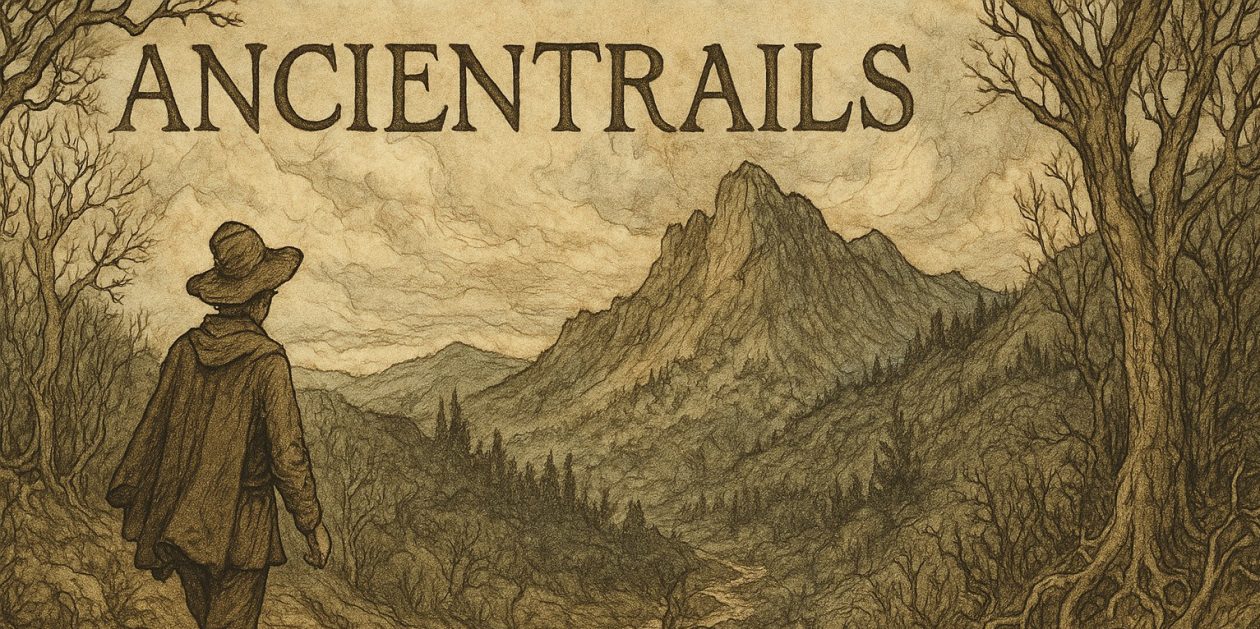Spring Hare Moon
Santa Fe. Staying in a reasonably priced motel right in the heart of adobe filled Santa Fe. The cathedral featured in Death Comes for the Archbishop is only a block or two away. I came to Santa Fe after seeing Chaco Canyon.
Due to a weird late night mix up I checked into a motel-cheap-no phone, no wi-fi she said. I didn’t mind. She forgot to add no heat. This in Holbrook, AZ high up just past the Mogollon Rim. 49 when I pulled in. I was too tired to hassle it so I went to sleep.
Fortunately, years of living with Kate have taught me cold sleeping skills. It was fine until I woke up 4 am. I’d never shifting my bed time from home, nor my rising, so the 6 am Minnesota equivalent had me awake. I decided to get in the warm car and drive to Chaco Canyon. Which I did.
This is a haunting place, difficult to get to now as it must have been difficult to get to in the period between 850 a.d and 1150 a.d. when it flourished. It was, for that time period the ceremonial for the pueblo peoples. The architecture of Chaco County shows up in many other pueblo peoples sites, though much more modest in scale.
The Chaco folks built big. And they built stone on stone, with a mud mortar. The construction technique reminded me of dry stone fences in the East.
The part of each person’s inner life that reaches out to a particular patch of mother earth has created thousands of small kivas, I’ll call them. The pueblo people go into the below ground circular stone structures called kiva’s as if returning to the womb. Each time they come out, they’re reborn. So a kiva is a patch of earth where you feel reborn. For me it’s our gardens and woods and orchard, for the pueblo people its Chaco Canyon and the Four Sacred Mountains.
Each patch of earth needs a kiva that holds it dear and feels responsible for its care. And who, in turn, are reborn in the giving of that care by the earth. This is a faith with so many worship sites and the worship is different for each kiva. What kiva do you belong to?
